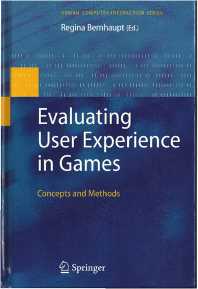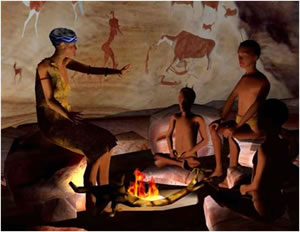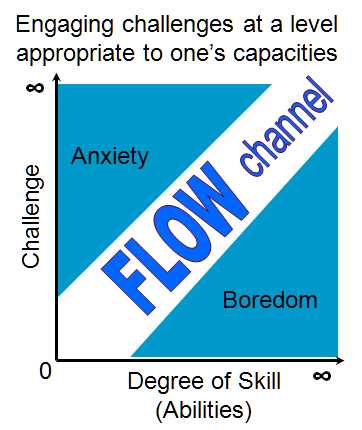
and Virtual Environments
User Experience in Games and Virtual Environments 2014 This course is about extending your practical skills in creating games (or VEs) with the scientific skills to analyse the experiences users have in them. We’ll first examine concepts of user experience in immersive games and virtual environments. The objective is learning what makes such games and environments effective and engaging. We will consider how you can measure user experience in a VE and game and consequently how to make them better. This course is very practically orientated. You (and perhaps a partner) will take one of your games or VEs (or create a new one) and vary some aspects in a way that you hypothesize will have an effect on the users’ experience (UX). You will then use your theoretical understanding of UX to design an experiment and analyse the outcomes and write-up what was achieved. There will be a very few lectures to introduce important topics and then it will be up to you to devise the experiments in consultation with the lecturer. The format will be one of seminars and design discussions. The topics are drawn from the following:
|
||||||
 |
||||||
|
Builds an ntuitive understanding of what is special about VR and sandbox games
|
2.Introducing User Experience How to characterize experience, focusing on Immersion, Presence and Flow. |
3. Attractor Maps An attempt to understand how designers draw a player through an environment, using the computer game URU. Zipped PPT. |
4. Interaction Design in VEs |
|||
 |
 |
 |
||||
| 5. Presence and Perception Perception - Bottom-up - Top-down - Integration Presence - Bottom-up - Top-down - BIPs |
6. Measuring Presence Introspection Measures of experience Behavioural Measures Physiological Measures Comparison |
7. Measuring Flow CVE: characterize and measure experience Presence Enhancing Presence Emotions and Presence |
||||
|
||||||


